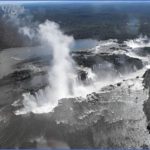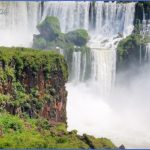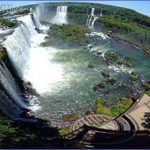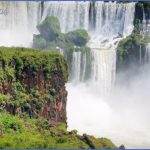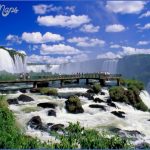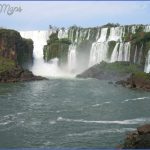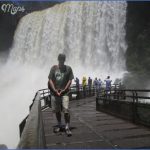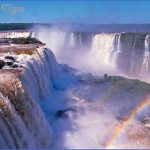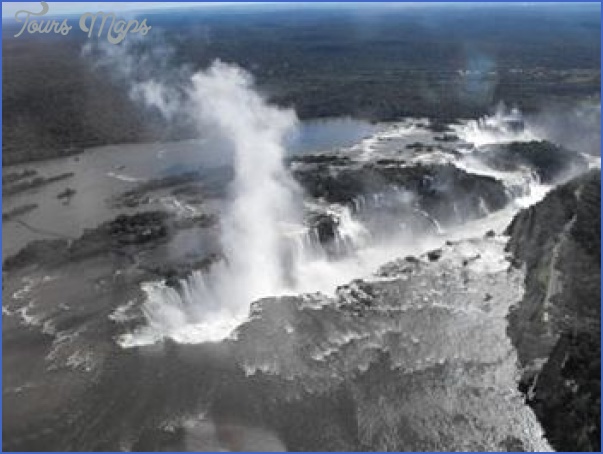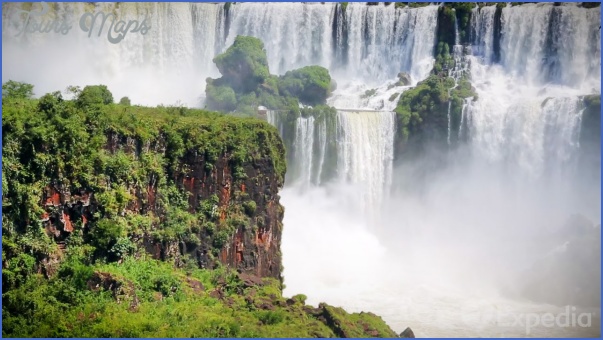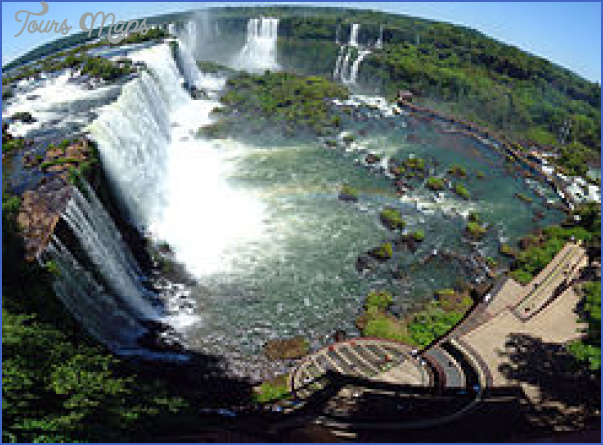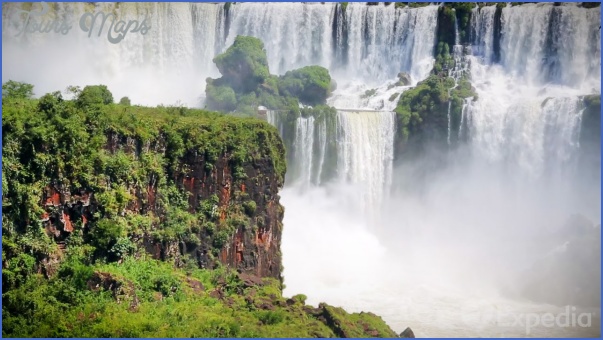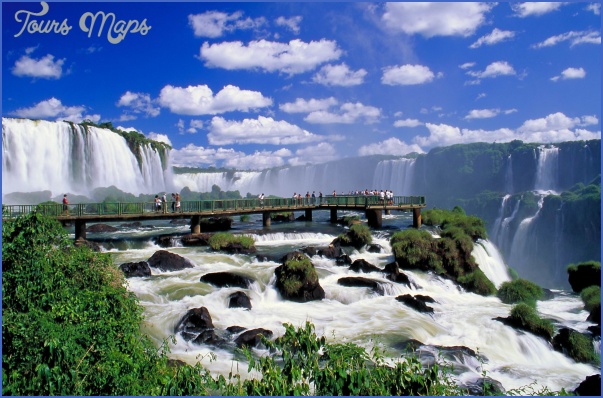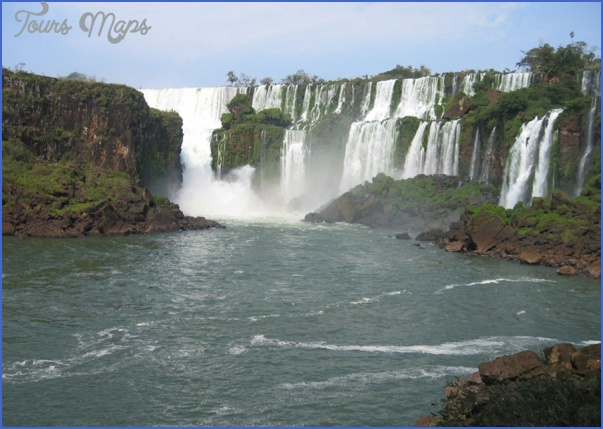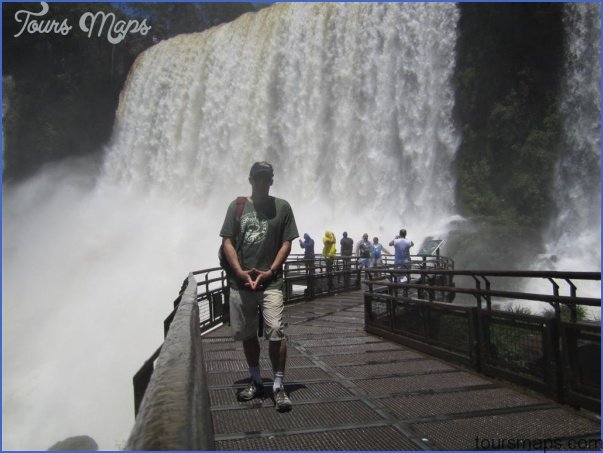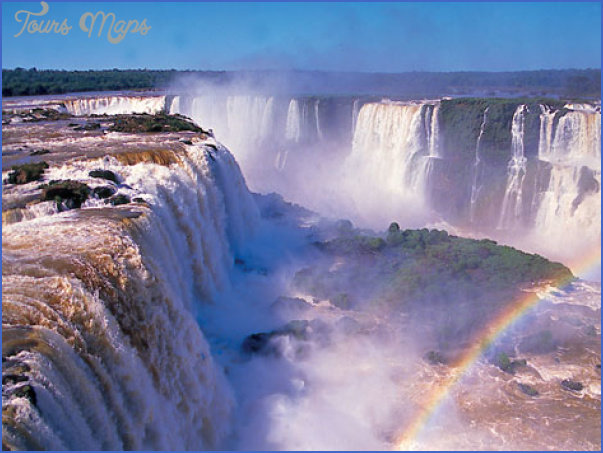Environment Geography
Paraguay is a landlocked country located in the heart of South America with Bolivia to the north, Brazil to east, and Argentina to the west and south. The majority of Paraguay’s borders are formed by rivers. The Pilcomayo River, Parana River, and a section of the Paraguay River create the border with Argentina. The Apa and Parana Rivers create the border with Brazil. The Paraguay River, which runs north to south, bisects the country into two geologically distinct regions: Paraguay Oriental (Eastern Paraguay) and the Paraguayan Chaco.
The Guarani Aquifer
Shared between Paraguay, Brazil, Argentina, and Uruguay, the Guaram Aquifer is the largest fresh water aquifer in
South America. It is believed to be the second largest aquifer in the world. At 1,190,000 km it is estimated to hold approximately 45,000 cubic kilometers of water. While only six percent of the aquifer is in Paraguayan territory, the Guaram Aquifer is one of Paraguay’s most important sources of fresh water. The aquifer covers the eastern departments of Caaguazu, Alto Parana, as well as small portions of Canindeyu, Amambay, Itapua, Caazapa, San Pedro, Guaira, Concepcion, Neembucu, and Misiones. Water is accessed via wells and used for both human consumption and agricultural purposes. The aquifer is replenished by rainwater along recharge zones in Caaguazu and Alto Parana. Given that the industry in these areas is largely agricultural, the use of agro-toxins is considered a potential threat to the aquifer’s water quality.
Eastern Paraguay makes up about 40 percent of the country’s total area and is where 97 percent of the population lives. The region’s lush forests and fertile ground make it highly preferable to the inhospitable Chaco, home to a mere three percent of the population. Most of the Chaco’s population lives in or near the Mennonite colonies of the Central Chaco. Paraguay is very flat with only a few small mountain ranges scattered throughout Eastern Paraguay such as the Cordillera Ybytyruzu in the province of Guaira (the highest peak is Cerro Tres Kandu at 842 meters) and the Cordillera Amambay in the province of Amambay (the highest peak is Punta Pora at 700 meters). The department of Cordillera has smaller, gently rolling hills. At 604 meters, Cerro Leon is the highest point in the Chaco region, a great alluvial plane.
Paraguay is home to several distinct ecoregions. The western half of the country contains the Pantanal to the northeast, the Dry Chaco to the north, and the Humid Chaco to the south. The Dry Chaco is a semi-arid and impossibly hot region covered in thorny plants and dotted with occasional salt and fresh water lagoons, which attract the region’s mostly endangered species. This is one of the few places in the world where one can encounter a wild jaguar. The Dry Chaco’s savannahs are part of South America’s largest ecosystem, second only to the Amazon. Further south, the landscape changes completely. The Humid Chaco floods seasonally and is blanketed with karanda’y palm trees and populated by birds a plenty. Making up ten percent of the country’s wetlands, the Pantanal runs along the northern section of the Paraguay River. The world’s largest wetland, the Pantanal, floods seasonally and is home to an astonishing array of wildlife, much of which is easily visible at the water’s edge. Eastern Paraguay is home to the Cerrado ecoregion as well as the Mesopotamian Grasslands, and Atlantic Forest ecoregions. The Cerrado is a tropical savannah while the Mesopotamian Grasslands in the southern portion of the country contain both grasslands and wetlands. The Atlantic Forest is one of the most biologically rich ecoregions in the country, but unfortunately, has also suffered the most degradation.
Beware of the Red Dirt
The iron-rich red dirt that characterizes Eastern Paraguay is known as “yvy pyta.” Travelers in nice clothing should beware: yvy pyta will dye all of your light colored belongings deep orange between washes. A common Paraguayan trick for removing red stains is to soap up the article of clothing and then let it bake in the sun for several hours.
Climate
Paraguay’s climate varies between tropical to subtropical (the Tropic of Capricorn cuts through Northern Paraguay). Summertime (December to February) temperatures average around 33° Celsius (91.4° Fahrenheit), though it is not uncommon for the mercury to rise above 40° Celsius (104° Fahrenheit), with temperatures climbing even higher in the Chaco region. With the exception of the dry, Northern Chaco, humidity runs high throughout the year. Winter (June to August) temperatures vary between 10° and 20° Celsius (between 50° and 68° Fahrenheit) but can drop much lower in the southern part of Paraguay.
Iguaçu Falls Guide for Tourist Photo Gallery
Maybe You Like Them Too
- The Best Cities To Visit in The World
- World’s 10 Best Places To Visit
- Coolest Countries in the World to Visit
- Travel to Santorini, Greece
- Map of Barbados – Holiday in Barbados

